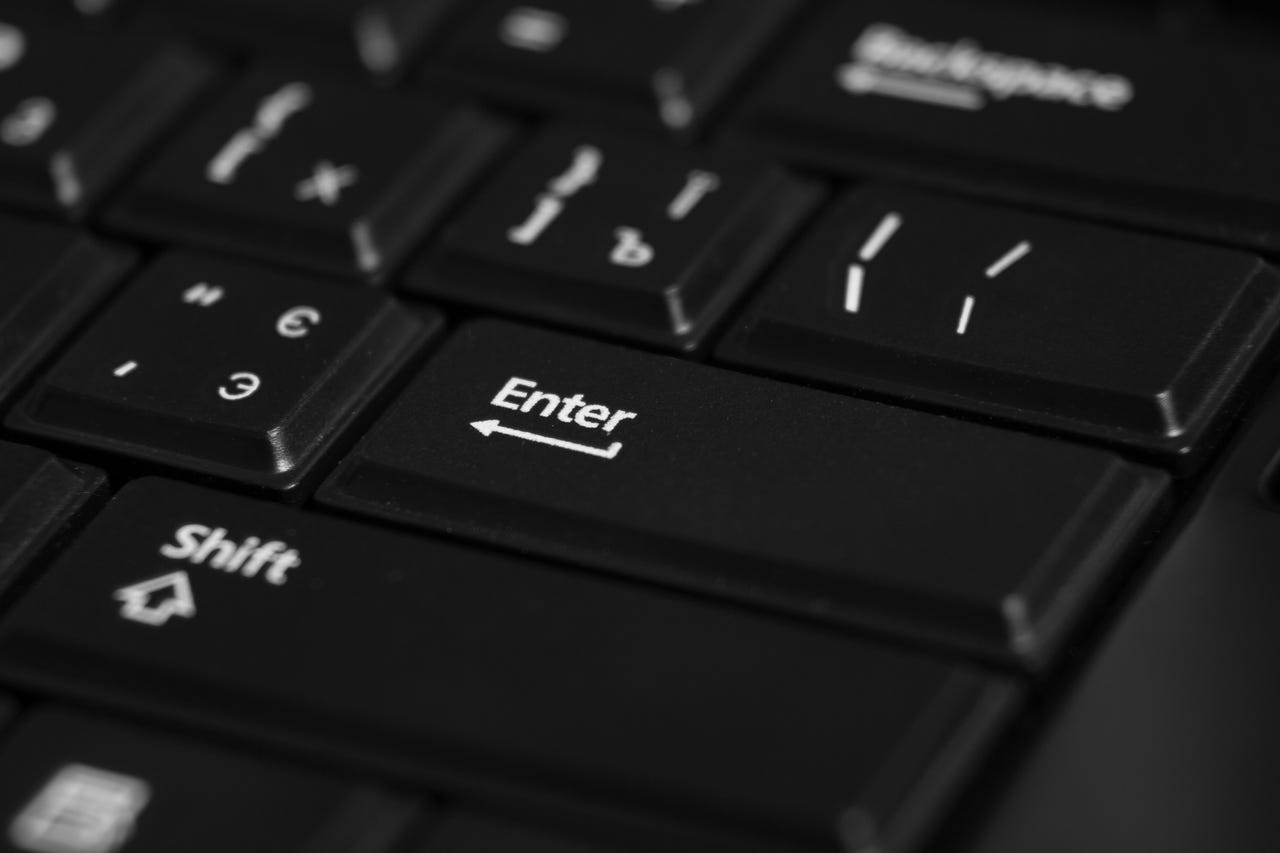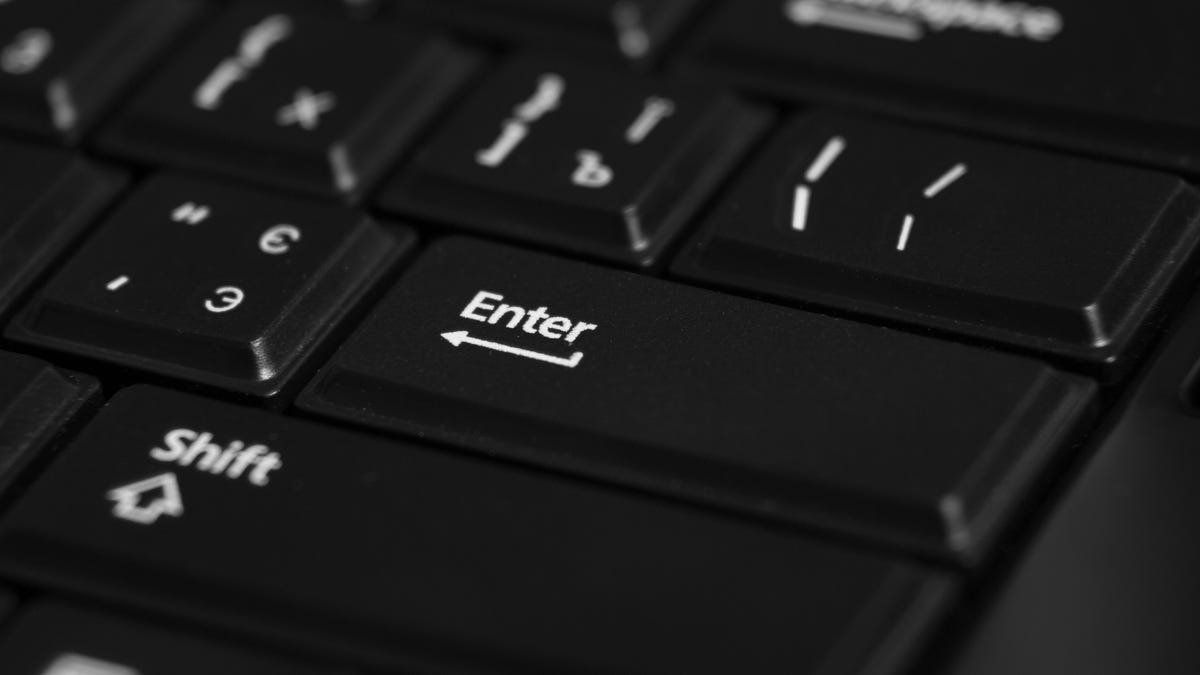
For years, Ubuntu Server has been my go-to server operating system. Not only is it one of the most widely-used server OSs on the planet (especially when you add cloud deployments into the mix), it’s also one of the most user-friendly server platforms available. To make Ubuntu Server even more appealing, you can download and install it on as many machines as you like for free.
Also: 8 things you can do with Linux that you can’t do with MacOS or Windows
Ubuntu Server can be installed on bare metal (in other words, on a physical machine), as a virtual machine, or as a virtual environment on a third-party cloud host (such as AWS, Azure, or Google Cloud). With Ubuntu Server, there’s no end to the number of applications and services (such as WordPress, Nextcloud, Invoice Plane, email servers, web servers, database servers, and much, much more).
I’m going to walk you through the installation of Ubuntu Server, a process so easy it’ll surprise you. I’ll be demonstrating using the VirtualBox virtual machine tool, which can be installed on Linux, macOS, and Windows. Other than the process of creating the virtual machine, the installation of Ubuntu Server is the same, regardless of how you do it.
Also: Ubuntu Lunar Lobster could be the surprise hit of 2023
Let’s walk through this.
Requirements
Other than having a machine to install Ubuntu Server on, you’ll need to download the latest ISO image from the official Ubuntu Server download page. Once you’ve saved that ISO image, what you do next will depend on the type of hardware you plan on using. If you’ll be installing Ubuntu Server as a virtual machine, you only need to create the virtual machine with your tool of choice (such as VirtualBox or VMware). If you’ll be installing Ubuntu Server onto a physical machine, you’ll need to burn that ISO image to a USB flash drive.
Also: How to install Ubuntu Linux (It’s easy!)
When I say “burn” the ISO image, I don’t mean simply copying it. What you must do is create a bootable image using a tool like Unetbootin, Popsicle, Rufus, Windows USB/DVD Download Tool, RMPrepUSB, Yumi, UUByte ISO Burner, or Wintoflash. Each of these tools works differently, so find one for your desktop operating system of choice and you should find it fairly easy to install and create a bootable USB drive from the downloaded Ubuntu Server ISO image. You can learn how to “burn” an ISO image to create a bootable USB drive in my tutorial “How to create a bootable Linux USB drive.”
And now, to the installation.
Installing Ubuntu Server
1. Configure the language and update the installer
Either start your virtual machine or insert your USB drive into your machine and boot it up. In the first window, select (using your keyboard up/down arrows) Try or install Ubuntu Server and hit Enter on your keyboard.
The initial installer screen for Ubuntu Server. Image: Jack Wallen/ZDNET
Depending on the release downloaded, you might be prompted to update the installer. If so, go ahead with the update, to enjoy a simpler, more flexible installation process.
Once that’s taken care of, in the next window, select the language for the installation.
Selecting a language for the installation of Ubuntu Server. Image: Jack Wallen/ZDNET
Using your arrow keys, select your language of choice and hit Enter on your keyboard.
Also: How to enable Ubuntu Pro to gain 10 years of security on your laptop
In the resulting window, use your arrow keys to select Update to the new installer and hit Enter on your keyboard.
2. Configure your keyboard
On the next screen, you are asked to configure your keyboard. Select both the layout and the variant.
Setting the keyboard layout and variant for Ubuntu Server. Image: Jack Wallen/ZDNET
When you’re done, select Done (using your arrow keys) and hit Enter on your keyboard.
3. Choose the type of installation
Next, we’ll select the base for the installation. Here you’ll want to select Ubuntu Server (to get the most tools installed by default) and continue.
Selecting the base installation for Ubuntu Server. Image: Jack Wallen/ZDNET
4. Configure the network
Now you have two choices. You can either go with the default DHCP or configure a static IP address. I prefer configuring static IP addresses, as it ensures the server will always be reachable by a specific IP address.
Choosing the type of network configuration for Ubuntu Server. Image: Jack Wallen/ZDNET
To set a static IP address, use your arrow keys to select the network connection (in my case it’s enp0s3) and hit Enter on your keyboard. In the resulting popup, select Edit IPv4 and then hit Enter to switch from Automatic to Manual.
Configuring a static IP address for Ubuntu Server. Image: Jack Wallen/ZDNET
In the resulting window, configure the static network address according to your needs.
Editing enp0s3 as a static IP address. Image: Jack Wallen/ZDNET
For example, you might enter the following details for the Static IP address:
- Subnet: 192.168.1.0/16
- Address: 192.168.1.33
- Gateway: 192.168.1.1
- Name servers: 1.0.0.1,1.1.1.1
After setting the configuration, tab down to Done and hit Enter on your keyboard. You can then skip the proxy configuration, by hitting Enter again. The last step in the network configuration is selecting the mirror address to use. The Mirror address tells your Ubuntu Server instance where to install applications from. Your best bet is to use the default by simply hitting Enter on your keyboard again.
5. Configure storage
We’re going to use our entire disk drive for the installation (which is the default), so leave everything as is, tab down to Done, and hit Enter on your keyboard.
Selecting our disk for the installation. Image: Jack Wallen/ZDNET
Review the layout (everything should be good) and hit Enter again to accept the configuration. You’ll then be prompted to verify the destructive action, so select Continue with your arrow keys and hit Enter on your keyboard.
Accepting the destructive action that will begin the installation process. Image: Jack Wallen/ZDNET
6. Create a user
You will now be asked to create a user for the installation. Type out the required details, tab down to Done, and hit Enter on your keyboard.
Creating a new user on Ubuntu Server. Image: Jack Wallen/ZDNET
7. SSH Setup and software installation
You will, of course, want to enable secure shell access to the server (so you can remotely access it). In the resulting window, enable the installation of the OpenSSH server by hitting the spacebar on your keyboard and then tabbing down to Done.
Enabling the installation of OpenSSH. Image: Jack Wallen/ZDNET
In the next screen, scroll through the list of available software to install (selecting the ones you want with the spacebar).
Marking software for installation. Image: Jack Wallen/ZDNET
After you’ve made your selections, tab down to Done and hit Enter on your keyboard.
At this point, the installation will begin and should take anywhere from 5-10 minutes to complete. Once it finishes, make sure to select Reboot now, remove your USB device, and log in with the user you created during the installation.
Also: Want to save your aging computer? Try these 5 Linux distributions
Congratulations, you now have a working instance of Ubuntu Server to use however you see fit. This process shouldn’t take you more than 15-30 minutes to complete.
(Except for the headline, this story has not been edited by PostX News and is published from a syndicated feed.)

